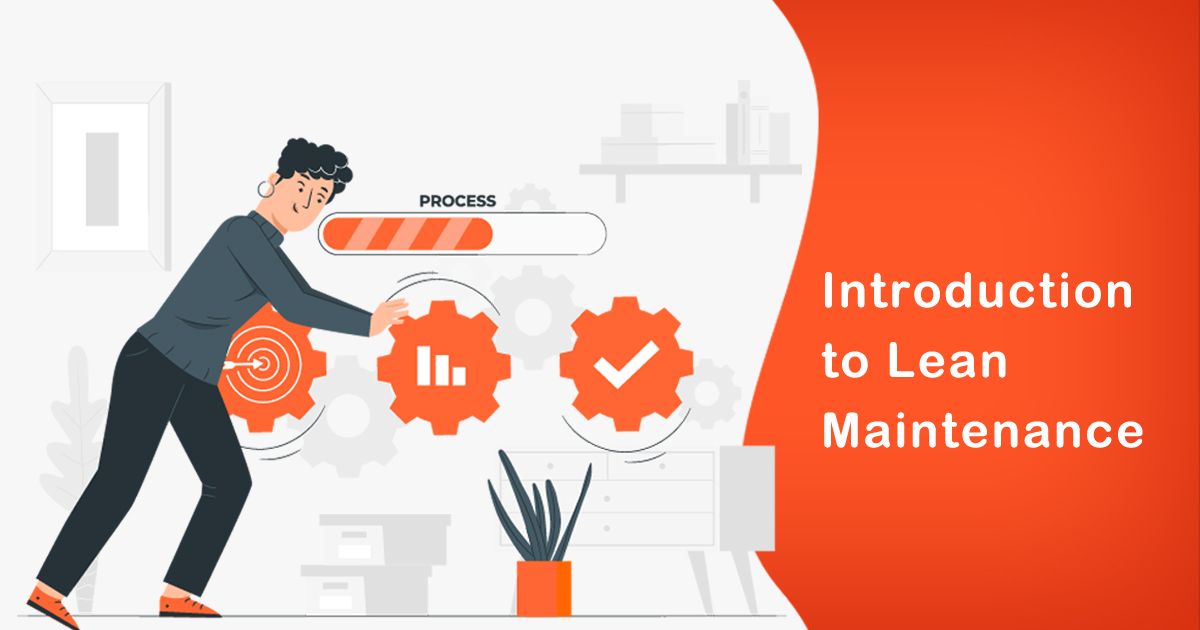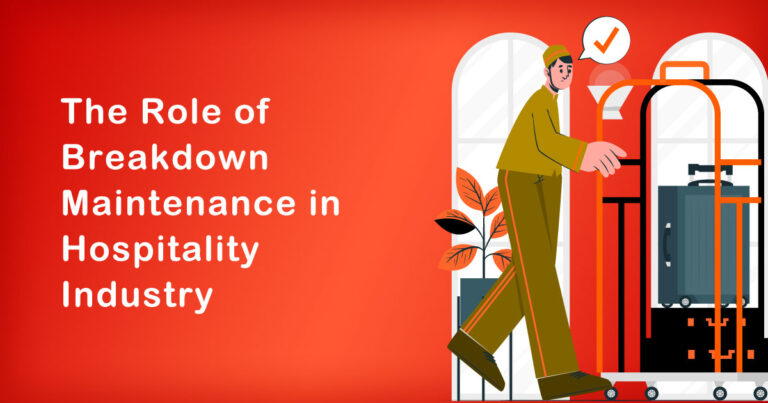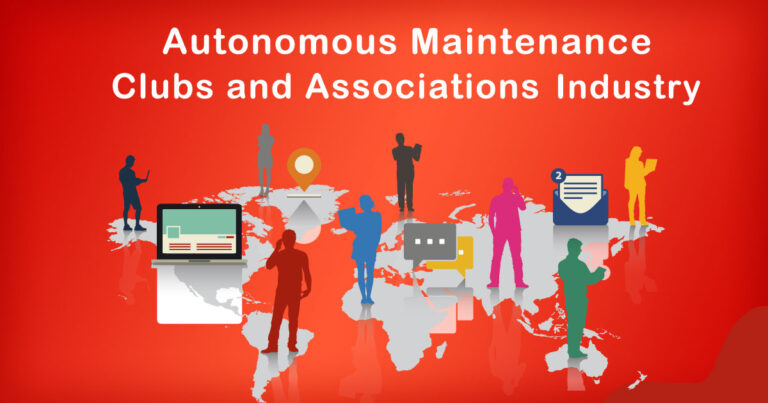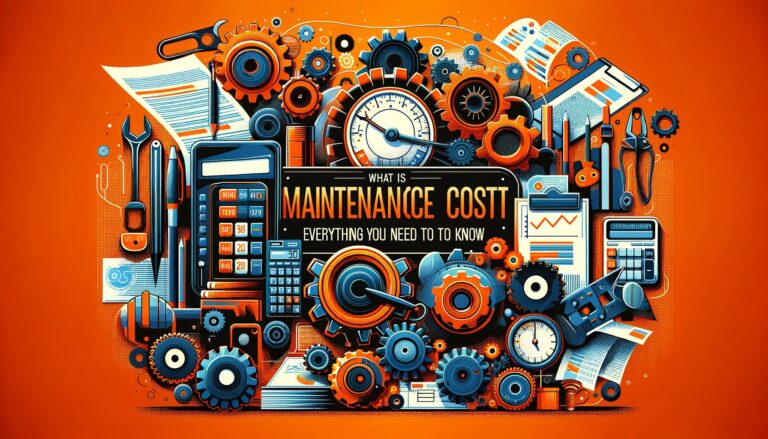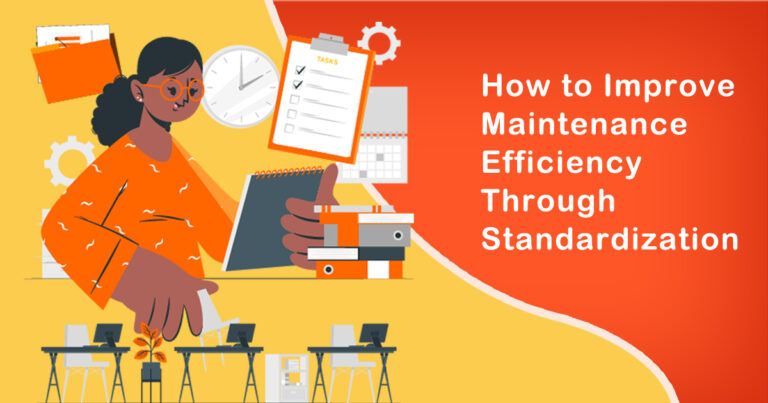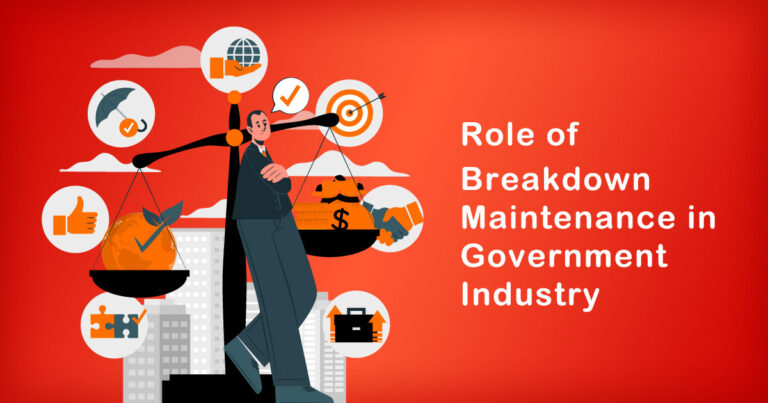Introduction
In the fast-paced and highly competitive world of manufacturing, companies are constantly seeking ways to increase efficiency and reduce costs. One strategy that has gained popularity in recent years is lean maintenance, a methodology that aims to optimize maintenance processes and improve overall equipment effectiveness (OEE). In this article, we will explore the basics of lean maintenance, its benefits, and some key principles for implementing it effectively.
What is Lean Maintenance?
Lean maintenance is an approach to maintenance management that focuses on eliminating waste and optimizing processes to increase equipment reliability, availability, and maintainability. It draws inspiration from the principles of lean manufacturing, which seeks to minimize waste in all forms and create value for customers.
In traditional maintenance practices, a reactive approach is taken where equipment is only fixed when it breaks down. This approach often results in extended downtime, increased repair costs, and decreased equipment reliability. In contrast, lean maintenance emphasizes a proactive approach to maintenance where equipment is maintained regularly and continuously improved to prevent breakdowns from happening in the first place.
Benefits of Lean Maintenance
Implementing lean maintenance has several benefits for organizations, including:
- Improved equipment reliability: Regular maintenance and continuous improvement of equipment helps to prevent unexpected breakdowns, reducing downtime and repair costs.
- Increased equipment availability: By minimizing downtime and maximizing uptime, equipment is readily available when needed, reducing delays in production.
- Improved safety: Regular maintenance of equipment ensures that it is in good working condition, reducing the risk of accidents and injuries.
- Lower costs: By eliminating waste and optimizing maintenance processes, costs associated with equipment maintenance can be significantly reduced.
- Improved overall equipment effectiveness (OEE): Lean maintenance helps to improve OEE, a key performance indicator that measures the productivity of equipment.
Key Principles of Lean Maintenance
To effectively implement lean maintenance, organizations must follow some key principles, including:
- Standardization: Establishing standard maintenance procedures and schedules ensures that equipment is maintained consistently and effectively.
- Continuous Improvement: Regularly reviewing and improving maintenance processes ensures that they remain efficient and effective over time.
- Total Productive Maintenance (TPM): TPM is a comprehensive approach to maintenance that involves everyone in the organization, from management to frontline employees. It aims to improve equipment effectiveness by involving everyone in the maintenance process.
- Root Cause Analysis: Identifying the root cause of equipment failures and addressing them at the source helps to prevent similar failures from occurring in the future.
- Visual Management: Using visual aids such as graphs, charts, and diagrams helps to communicate maintenance goals and progress effectively.
Conclusion
In conclusion, lean maintenance is a powerful tool for organizations looking to optimize their maintenance processes and improve equipment reliability, availability, and maintainability. By following the key principles of lean maintenance, organizations can reduce downtime, increase productivity, and reduce costs associated with equipment maintenance. Ultimately, lean maintenance can help organizations achieve their production goals and stay competitive in today’s fast-paced manufacturing landscape.


